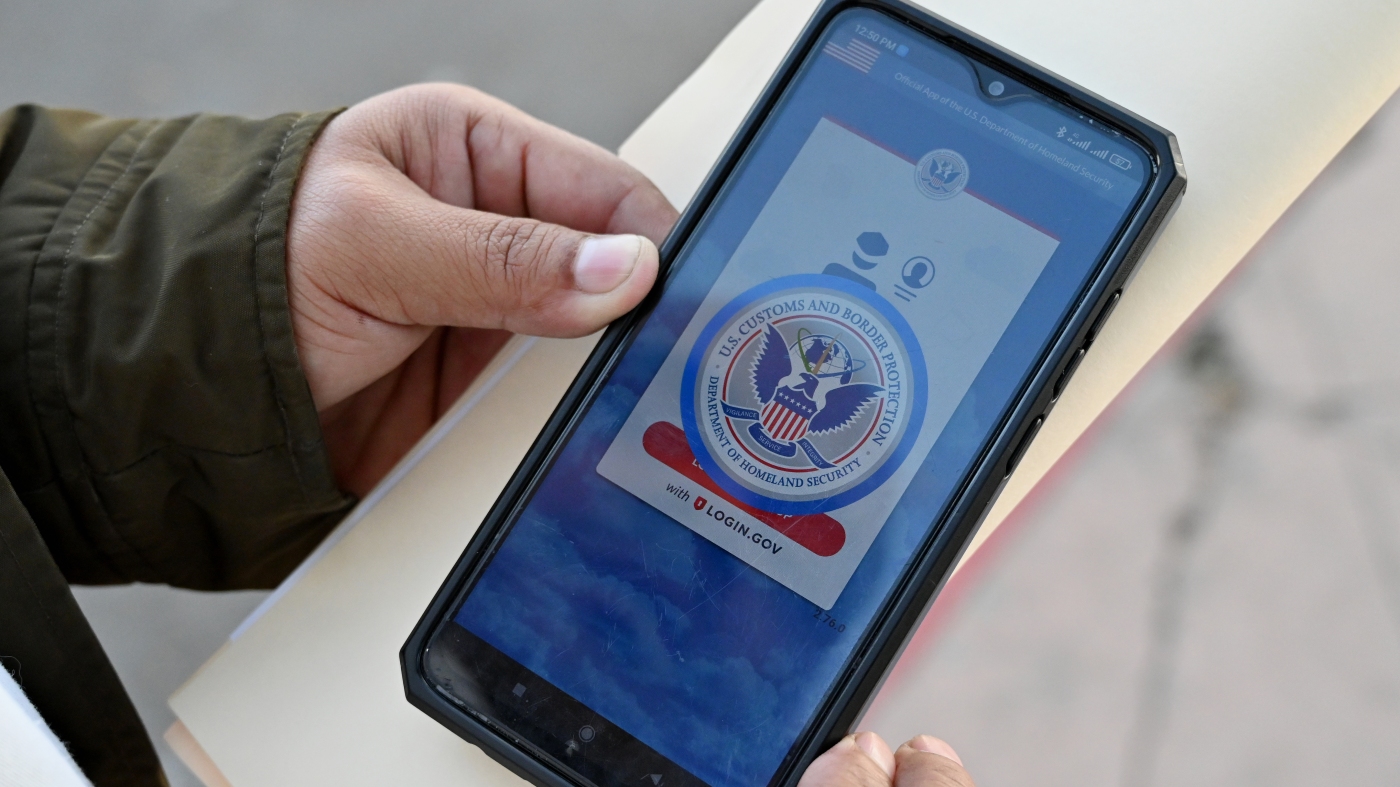“`markdown
The Trump Administration’s Self-Deportation Incentive: A Multifaceted Analysis
Introduction
Immigration policies often reflect a nation’s priorities, values, and political climate. The Trump administration’s proposal to offer undocumented migrants $1,000 and paid travel to voluntarily leave the U.S. is no exception. Framed as a cost-saving and “dignified” alternative to forced deportations, this policy has ignited debates across legal, humanitarian, and economic spheres. Below, we dissect its mechanics, implications, and the broader questions it raises about immigration enforcement.
—
The Mechanics of the Policy
Financial Incentives and Logistics
The Department of Homeland Security (DHS) outlined a two-pronged approach:
– Monetary stipend: A $1,000 payment, disbursed only after migrants confirm their return to their home country via the CBP One app.
– Travel assistance: Covered transportation costs, aiming to reduce logistical hurdles.
This model is designed to undercut the expense of formal deportations, which average $10,855 per person, according to DHS estimates.
The Role of Technology: CBP One App
Originally a tool for asylum seekers, the app now facilitates voluntary departures. Key features include:
– Deprioritization: Users signaling intent to leave are temporarily shielded from enforcement actions.
– Verification: Geotagging and biometric checks ensure compliance.
Critics argue the app’s repurposing may deter vulnerable migrants from accessing asylum pathways, conflating humanitarian protection with enforcement.
—
Legal and Ethical Quandaries
Coercion or Choice?
While framed as voluntary, the policy’s incentives blur lines:
– Pressure on vulnerable groups: Migrants facing poverty or fear of detention may view the offer as their only option.
– Reentry bans: Those leaving after overstaying visas face a 10-year bar, complicating decisions for families with mixed-status members.
Legal Scrutiny
Legal scholars question whether monetary incentives violate:
– U.S. immigration law: Potential conflicts with statutes governing deportation procedures.
– International norms: The UN’s *Principle of Non-Refoulement* prohibits returning migrants to unsafe conditions, which the policy may indirectly encourage.
—
Broader Implications
Economic Trade-Offs
Projected savings:
– The $1,000 payout is a fraction of deportation costs.
– Reduced detention expenses could free up DHS resources.
Unintended costs:
– Loss of labor: Undocumented workers contribute $9 billion annually in taxes (Institute on Taxation and Economic Policy).
– Brain drain: Skilled migrants may exit, impacting sectors like healthcare and agriculture.
Humanitarian Consequences
– Psychological toll: Families face separation or return to unstable conditions.
– Dignity vs. pragmatism: Is a paid exit truly “dignified” if driven by systemic pressure?
—
Political and Social Repercussions
Polarized Reactions
– Supporters: Argue the policy upholds rule of law and fiscal responsibility.
– Opponents: Decry it as a punitive measure disguised as benevolence.
Precedent for Future Policies
The initiative could normalize financial incentives in immigration enforcement, influencing subsequent administrations’ approaches.
—
Potential Outcomes
Short-Term Effects
– Increased departures: Early data shows 5,000+ migrants used the app, but long-term uptake remains uncertain.
– Reduced detention rates: A possible decline in ICE enforcement actions.
Long-Term Uncertainties
– Deterrence vs. cyclical migration: Will this curb future migration, or push migrants to reattempt entry after bans lapse?
– Global perception: The U.S. risks being seen as prioritizing expediency over human rights.
—
Conclusion
A Policy at a Crossroads
The $1,000 self-deportation incentive encapsulates the tension between efficiency and equity in immigration reform. Its success hinges on transparent implementation and ongoing evaluation of its human and economic costs. As the U.S. grapples with defining its immigration ethos, this policy will serve as a litmus test for how the nation balances enforcement with compassion—a debate far from settled.
“`











